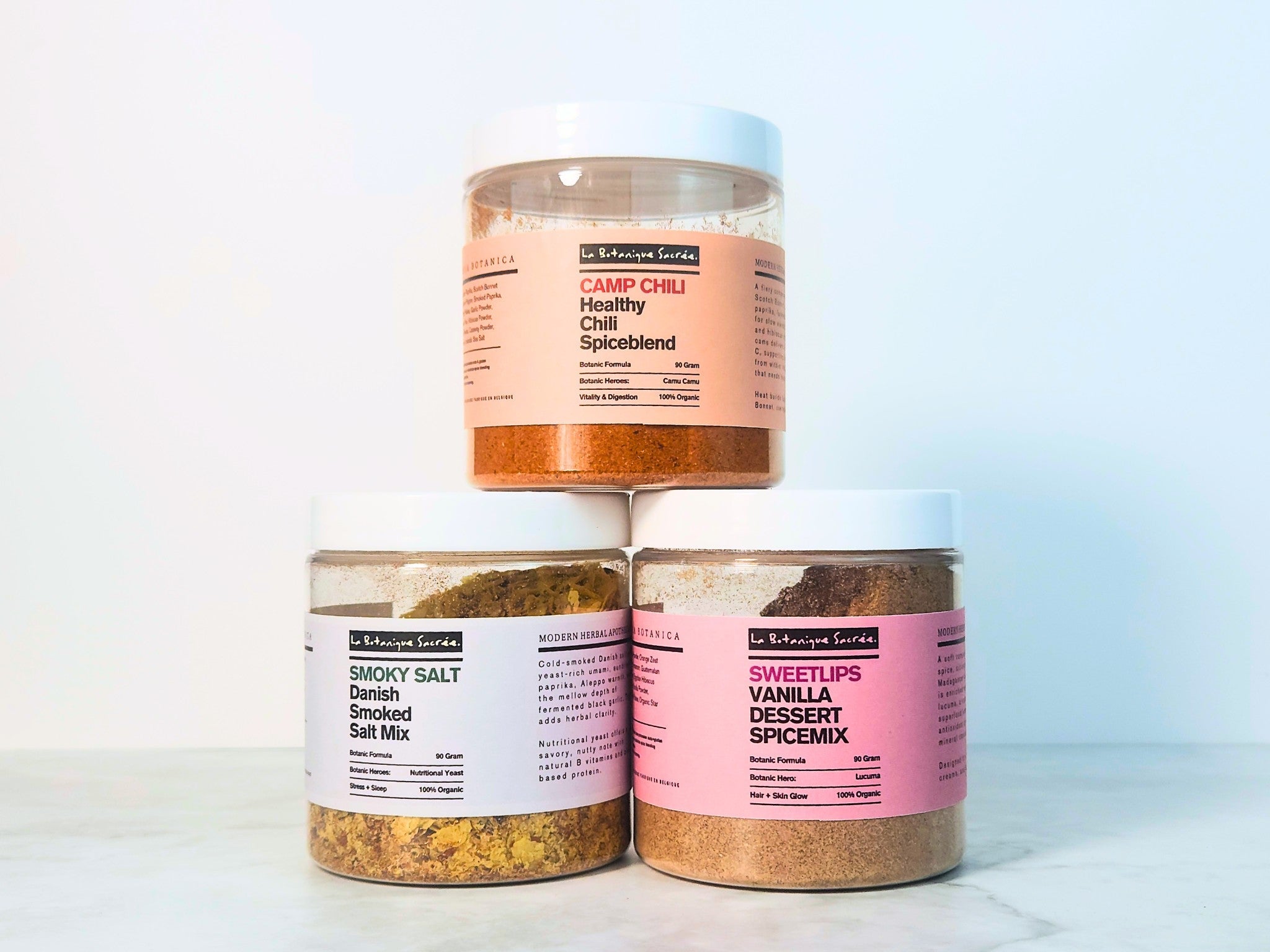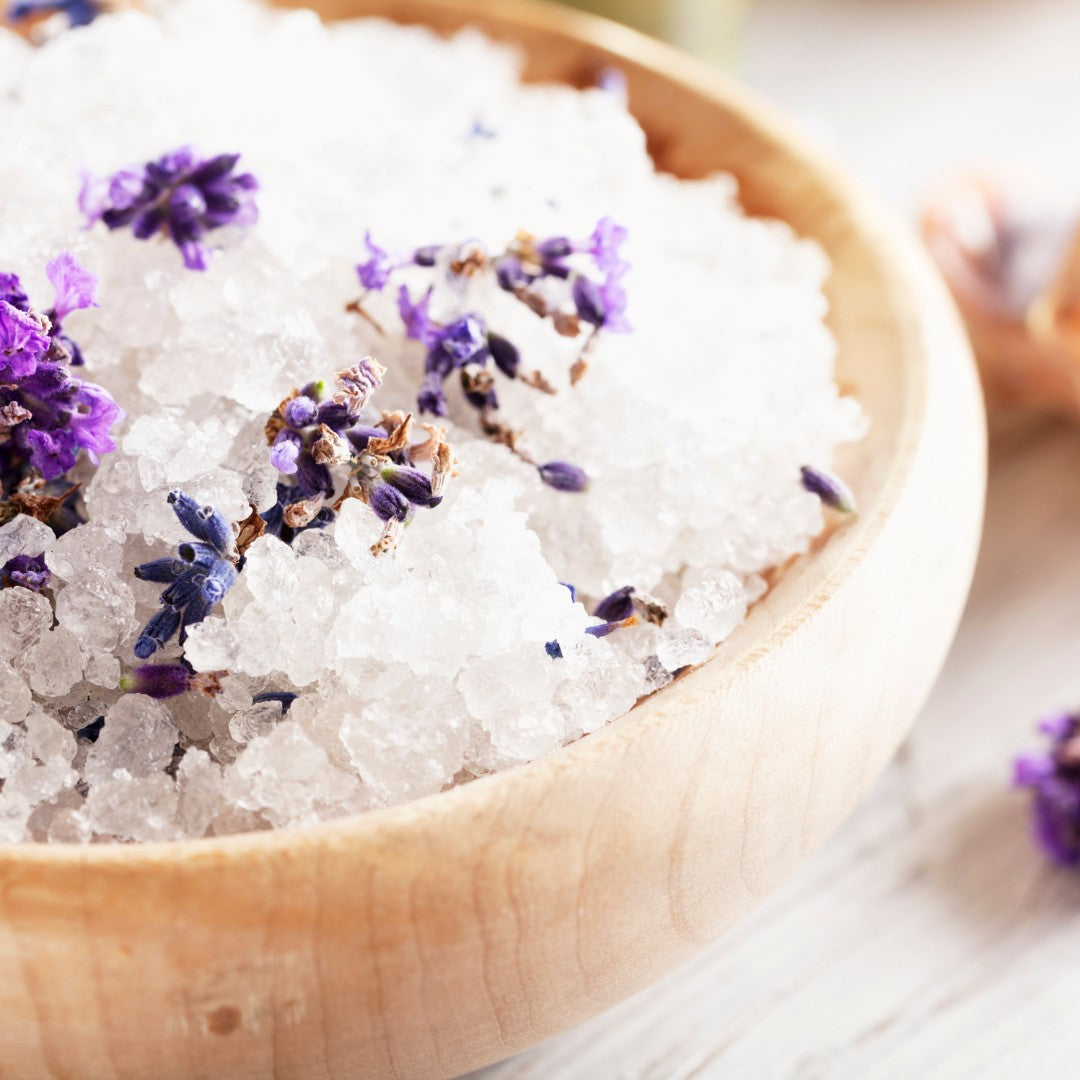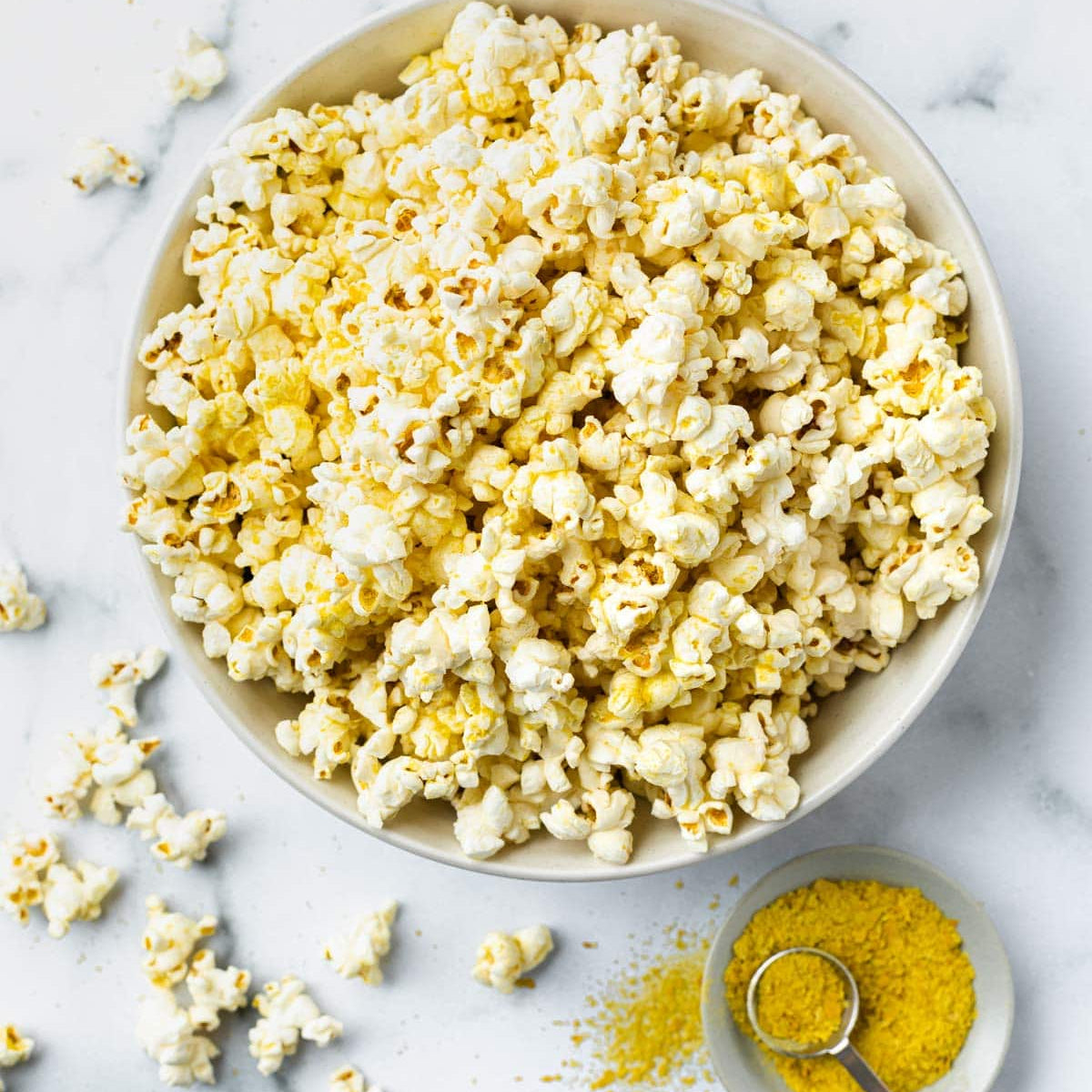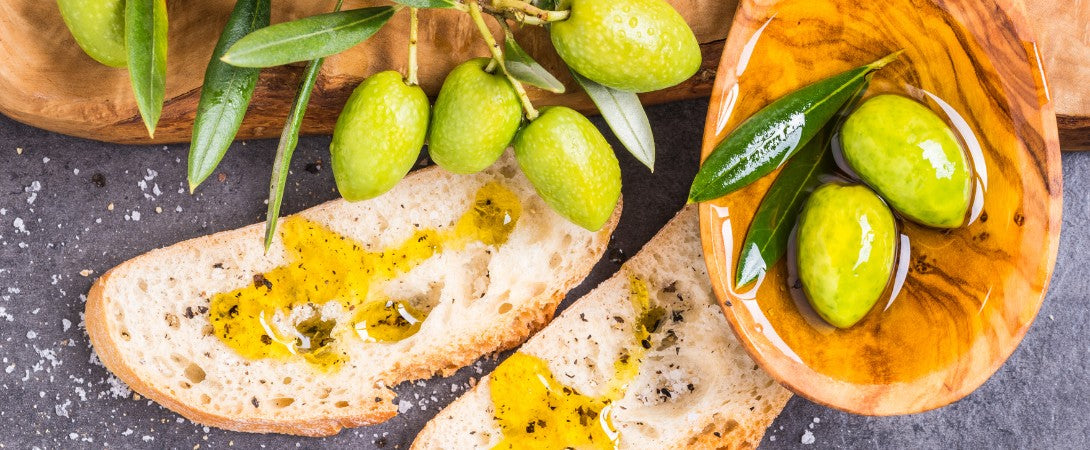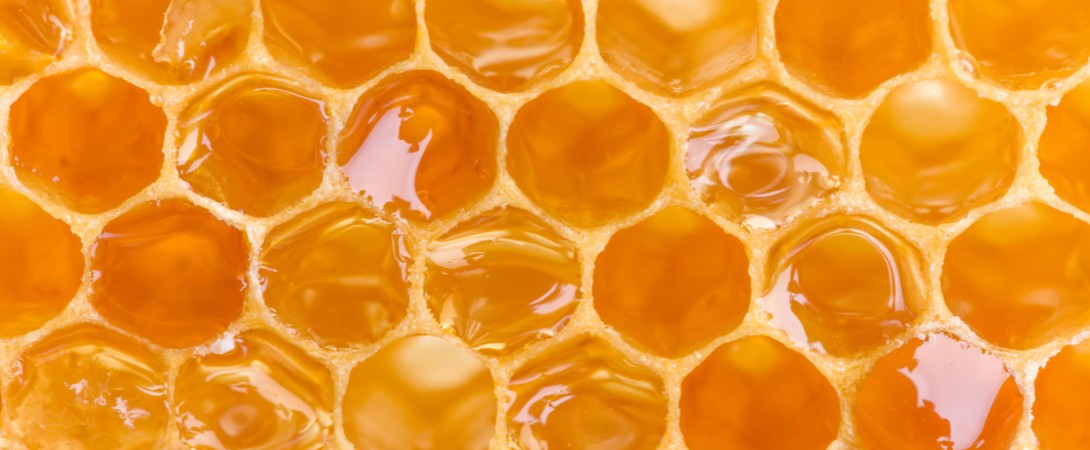Brazilian Pepper for an espresso roasted pepper
Brazilian pepper thrives on Atlantic slopes where laterite soils meet equatorial rain.
Modern chromatography confirms a vivid terpene spectrum that leans into chocolate, cedar and dried fig rather than the bright citrus of Asian cousins.
Carefully managed roasting inspired by regional coffee craft opens deeper cocoa notes while guarding piperine integrity.
For culinary formulators and functional nutritionists alike, Brazilian pepper balances velvet heat, antioxidant potential and heritage narrative. Qualities La Botanique Sacrée folds into signature blends.
Science and Composition
Chemical Composition
Steam-distilled oil from Brazilian pepper contains α-pinene, sabinene, limonene and β-caryophyllene as lead volatiles, with essential-oil yield near 3 % and piperine content ranging 7 – 9 % by dry mass.
Sesquiterpene β-caryophyllene engages the endocannabinoid system as a dietary agonist of CB₂ receptors
Origin & Nutritional Composition
Commercial vines cluster in Espírito Santo and Bahia between 600 m and 800 m elevation where humidity peaks at dawn, supporting uniform berry set.
The state of Espírito Santo alone now delivers more than 60 % of national output at 3.9 t ha⁻¹.
A five-gram grind delivers roughly ten kilocalories, three grams carbohydrate, one gram protein and traces of fat while supplying mineral densities of potassium ≈ 463 mg 100 g⁻¹, calcium ≈ 400 mg 100 g⁻¹ and magnesium ≈ 240 mg 100 g⁻¹.
Reported Health Benefits
Piperine stimulates gastric enzyme flow, improves nutrient assimilation and has been shown to raise curcumin bioavailability up to twenty-fold. pmc.ncbi.nlm.nih.gov
Polyphenols and carotenoids present in the pericarp demonstrate radical-scavenging capacity comparable to green tea catechins.
Essential-oil fractions inhibit Staphylococcus aureus and E. coli biofilms in vitro, suggesting a broadened role in natural preservation.
No therapeutic claims are stated; observations inform culinary practice only.
Heritage and Function
Cultural Significance & Historical Significance
Portuguese colonists introduced pepper cuttings in the eighteenth century; Japanese agronomists later refined shade-tree pruning and selective harvest, pushing Brazil to become the first Western Hemisphere exporter.
Drum roasting borrowed from the local coffee industry emerged in the twentieth century, forging the espresso profile prized today.
Flavor Profile
Freshly milled Brazilian pepper opens with dark cocoa, toasted grain and cedar before warm heat unfurls then recedes, leaving faint sweetness. Compared with Malabar or Tellicherry specimens the flavour is moodier, less citrus and more mocha.
Fun Tidbits
Small estates grade berry density on repurposed coffee-cupping sheets.
Espresso-style roast shortens drying time yet preserves twice the volatile load of sun-only curing.
A mature vine yields about three kilograms of export berries each season.
La Botanique Sacrée's Approach
La Botanique Sacrée seeks Brazilian pepper for calm heat that supports citrus, floral and bitter layers without masking seasonal produce.
Sourcing information
Partner farmers near Linhares hand harvest crimson berries, sun-set them for forty-eight hours then finish in eucalyptus-fired drums kept below sixty °C to protect volatiles. Each lot is screened for microbial load, aflatoxin and pesticide residue. Only berries exceeding fourteen-gram per hundred-berry density meet our origin integrity standard.
Products featuring Brazilian pepper
POIVRE BLEU - floral citrus pepper medley anchored by ground Brazilian pepper




